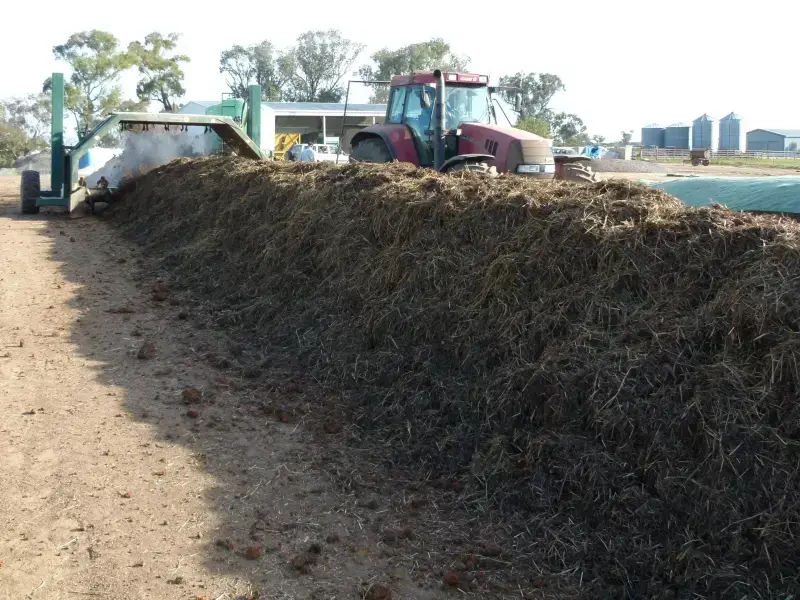Case study catch up: How is Milgadara performing in 2020?
Bill and Rhonda Daly were one of the first Soils For Life case studies in 2013. They are fourth generation farmers growing sheep, cattle and crops on their property Milgadara in Young, NSW, as well as running YLAD Living Soils – a composting business that allows them to enrich not just the soils on their property but many others across the whole country.
‘Courage, passion and never giving up’
When Soils For Life first profiled them in 2013, Bill and Rhonda told their story of change, outlining how they had started questioning conventional practices in the mid-1990s. Their search for alternatives led them to investigate biological, regenerative and biodynamic practices. After Rhonda was diagnosed with chronic meningitis and heavy mental poisoning in 2001 they knew they had to act. Twenty years on, they are reaping the benefits of shifting their mindset and adopting a regenerative, more mindful approach to their work.
“The resilience of our country has probably been the incredible thing that we’ve noticed since we’ve changed so many of our practices. It just bounces back so quickly after a big dry,” says Bill when Soils For Life caught up with the pair recently. They had managed to sow multi-species crops just before the rain in February and watched them grow to a meter high after the rain. “That’s what was really noticeable in this drought, it was really a lead-in drought of three years. And within four weeks after that rain, we had green. It’s just incredible.”
Resilient soils, resilient people
As the whole Daly family (Bill and Rhonda’s daughter, her partner and children all live on the farm) have sought to enrich the soils under their feet, they have also been enriched personally by the changes they have made on their farm.
“I think resilience in soils and people is probably one of our greatest attributes – our past practices were able to give us the hope and the assurance that things were going to recover and come back again,” says Rhonda. And Bill agrees: “I know with the changes that we have made on the farm and in our own lives, that simplification of our system and the understanding of the way the countryside works, allows your mindset to be more relaxed in lots of respects. You’re not putting out fires all the time.”
Reaping the rewards
Recent ABARES data confirms that Bill and Rhonda’s biological, regenerative and biodynamic approach is a profitable one. Farming operations at Milgadara have been compared with other properties in the same region using ABARES data. This benchmarking process allows the business implications of management decisions to be compared using industry standard metrics.
At $278/ha Milgadara produces 61% more profit per hectare than the region average of $173. This is due to significantly higher income of $795/ha compared to $485/ha (Figure 1).
Wool production is a big contributor to profitability. Shearing occurs when the wool gets to 70mm, which is usually after around seven or eight months. Bill says that this actually makes the sheep operation a lot easier as they no longer have fly impacts, only drench on average once a year and often do not have to crutch sheep. Milgadara cut more than double the average amount of high quality wool per sheep with a corresponding increase in wool income (figure 2). Maintaining ground cover and feed budgeting is a big focus at Milgadara; “I made a very conscious decision to spell certain countries [rest certain areas] right from basically the beginning of the spring time last year. We didn’t have any stock on that right up until basically even into late April this year.” These paddocks were then used for this seasons lambing, giving other pastures a chance to recover.
A prime lamb operation remains part of the livestock system to maintain a strong cash flow. “It just makes that huge difference to how your yearly income is balanced rather than having to wait for one cheque a year,” says Bill. Cattle production is a trading operation with stock brought in when market and farm conditions are favourable. “I’d rather have the feed grow and allow it to make a healthy soil rather than lose money on cattle.”
With the Covid19 restrictions easing in NSW, Soils For Life will visit Milgadara in July to gain an understanding of how Bill and Rhonda’s practices are impacting the ecology and soil of the property. For more information on the Daly’s story of change, see our first case study here.





